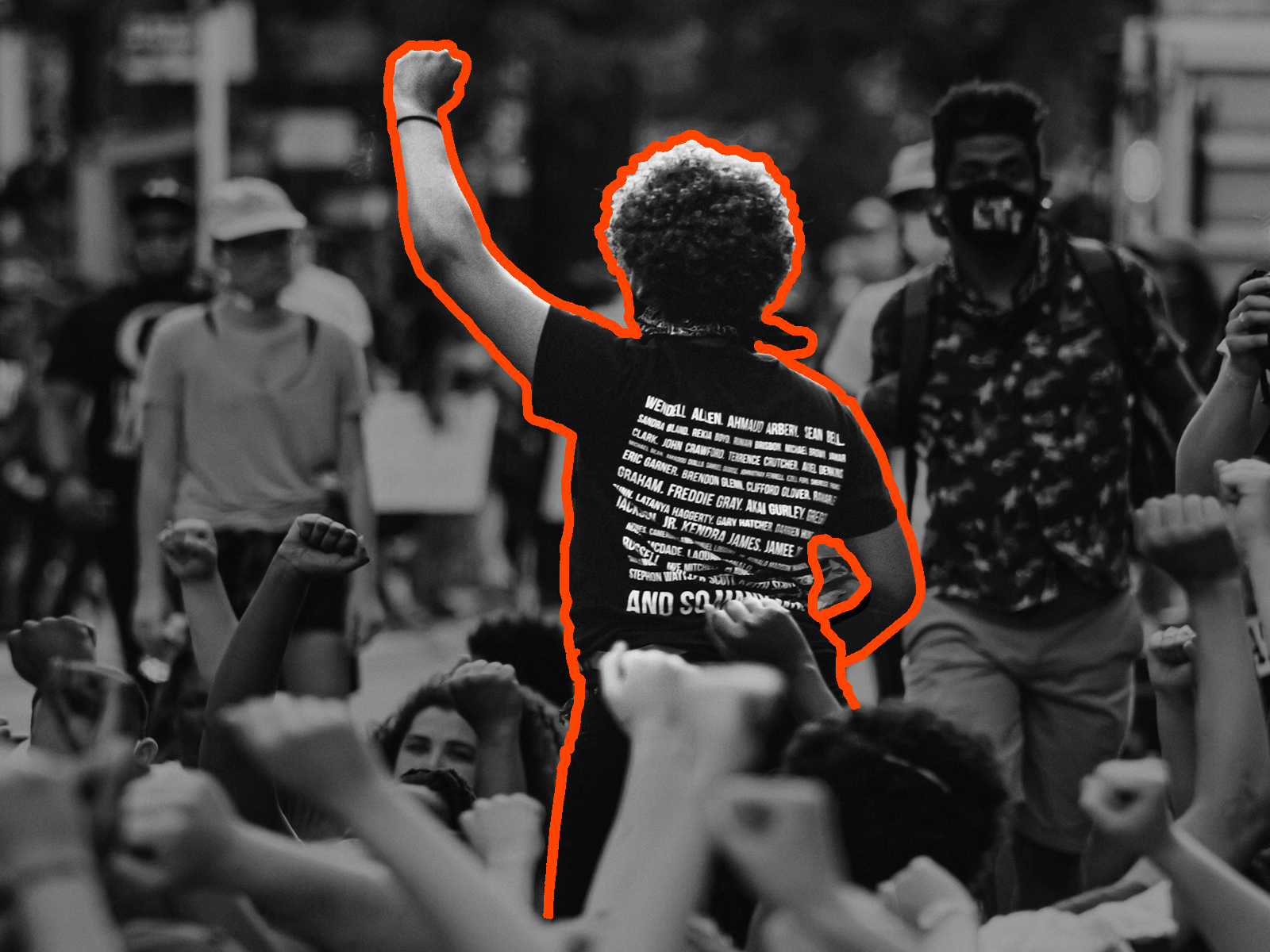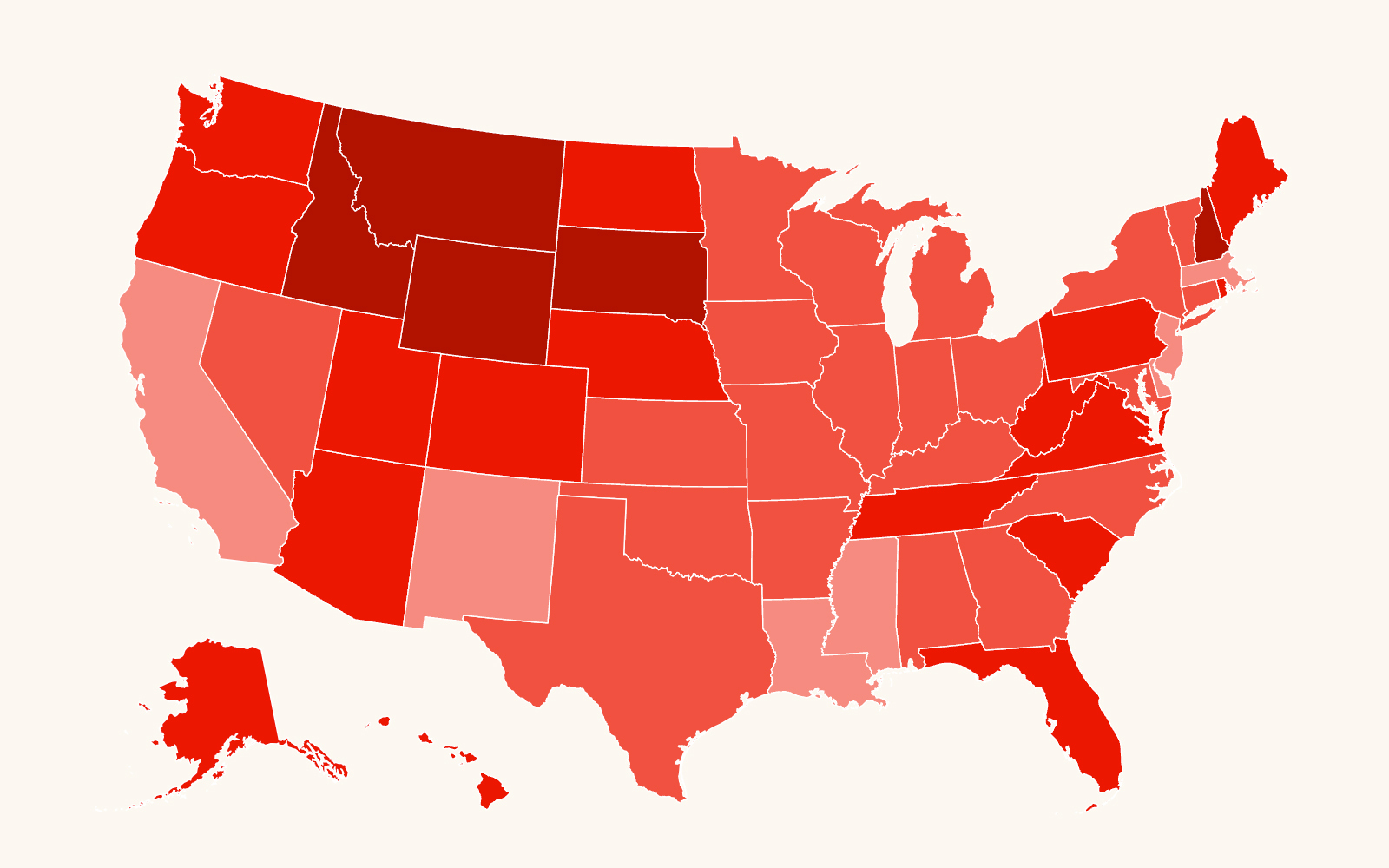A judge has ruled that a civil rights-era law forbidding the removal of “war memorials” applies to Confederate statues that became flashpoints during a deadly Virginia gathering of white nationalists and neo-Nazis.
Charlottesville Circuit Judge Richard E. Moore determined April 25 that the likenesses of Generals Robert E. Lee and Thomas “Stonewall” Jackson match the description of “memorials for war veterans” as defined by a 1950s law. The regulation states that a “locality may … permit the erection of monuments of such war of conflict to include … Confederate or Union monuments or memorials of the War Between the States (1861-1865).”
That same Virginia state law bars the removal of such monuments. Moore noted that over the years, city officials and the city’s Blue Ribbon Commission on Race, Memorials and Public Spaces referred to them as “existing Confederate statues,” “the two large Confederate monuments in Lee and Jackson Parks” and “memorials.”
“It does no good pretending they are something other than what they are,” Moore wrote in a nine-page opinion.
The law does not include a process for cities or counties to petition the state to remove a monument. Moore’s order means Charlottesville, which was the site of the deadly “Unite the Right” white nationalist rally on Aug. 12, 2017, must leave the statues in place for the time being.
The ruling came in a lawsuit brought by a group of city residents with historical and legal ties to the monuments and the parks where they are located. The group sued city officials, who have been trying to remove the Lee and Jackson statues since at least early 2017.
The decision comes amid numerous legal fights over the statues of Confederate monuments as some judges allow cities to take down the statues, which some critics view as honoring heroes of the Lost Cause of the Confederacy.
War monuments
In his ruling, Moore traced the history of the Lee and Jackson statues, including how both were repeatedly referred to as “Confederate monuments” by the Blue Ribbon Commission on Race, Memorials and Public Spaces, city officials and locals over the years.
Charlottesville, with a population of roughly 48,000 people tucked into the Blue Ridge Mountains, served as a supply depot for the Confederacy during the Civil War. The city provided the South with swords, uniforms and artificial limbs, according to the Encyclopedia Virginia, which provides information on the history of the commonwealth in conjunction with the Library of Virginia.
The debate over the meaning of the statues falls along predictable lines. Opponents see both as monuments to people who fought to uphold slavery and the repression of minorities in America. “Heritage not hate” is a popular slogan among backers of the memorials, who see the statues as commemorating heroes who fought for the South.
The Jackson statue was erected in 1921 and stands in Court Square Park, with the Confederate commander atop his horse, Little Sorrel. Its base includes an engraved list of several of the battles where Jackson led Confederate troops, including Chancellorsville, where he was wounded and died May 10, 1863. The Lee statue, dedicated in 1924, features the former commander of the Army of Northern Virginia on his horse, Traveller.
When the statues were erected, the dedication ceremonies referred to both generals, and the names of the parks where they went up were initially “Lee Park” and “Jackson Park,” respectively.
Based on the history of the monuments, “it is hard to see” how both statues serve any primary purpose but to honor the two generals in the Civil War, the battles in which they saw action and what they stood for, Moore wrote.
“They are what they obviously are, and I am just calling them what they in fact are,” Moore wrote.
However, the construction of the statues during the 1920s coincides with one of two distinct spikes in the installation of Confederate statues. The first began around 1900 as Southern states were enacting Jim Crow laws to disenfranchise African Americans and re-segregate society after several decades of integration that followed Reconstruction. Installation of such monuments lasted well into the 1920s, a period that also saw a strong revival of the Ku Klux Klan.
The second swell in the construction of Confederate statues began in the mid-1950s and lasted until the late 1960s, the period encompassing the modern civil rights movement.
Legal entanglements
Virginia has a state law that prohibits the removal of war memorials. The law, first passed at the height of segregationist policies in the South in 1950, does not allow any person or community “to disturb or interfere with any monuments or memorials so erected” as war memorials.
The legislative intent behind the law, which covers monuments not only to Civil War veterans but also to soldiers who fought in World War II, the Revolutionary War and other military conflicts, isn’t apparent, and Moore did not dwell on it in his ruling.
Virginia, one of seven states that forbid municipalities from taking down war monuments, has 110 Confederate statues. Among states with Confederate sculptures, only Georgia, with 114, has more.
State Delegate Mark Levine, D-Richmond, has sought to change the monuments law in the last several sessions, but to no avail. Levine told Hatewatch in an email that his proposal in the 2018 legislative session in Virginia died because a Republican majority stopped it.
But, Levine said he’ll “probably” keep pushing the idea to allow municipalities to remove Confederate monuments in the future “if Democrats take over.”
A violent protest
City officials have been trying since at least early 2017 to remove or cover the statues of Lee and Jackson, which sit about three blocks apart near the city’s downtown pedestrian mall.
The statues became a flashpoint during “Unite the Right” rally in Charlottesville, Virginia, a large gathering of racists, antisemites and white nationalist.
The rally protesting the proposed removal of the statues drew the neo-Confederate League of the South, neo-Nazi Vanguard America, former Ku Klux Klan Grand Wizard and neo-Nazi David Duke, white nationalist Richard Spencer and others on what is now called Market Square Park.
After white supremacists gathered at the park and were met by counterprotesters, the rally descended into chaos. Fights broke out, a black man was beaten inside a parking garage by a group of white nationalists and neo-Confederates, and a Ku Klux Klan leader from Maryland fired off a shot at a counterprotester.
One counterprotester, 32-year-old Heather Heyer, died after neo-Nazi sympathizer James Alex Fields Jr., 22, of Maumee, Ohio, drove his 2010 Dodge Challenger into a crowd. More than a dozen others were injured, and two Virginia state troopers monitoring the violence died when their helicopter crashed.
Three people were sentenced to prison for the parking garage attack, and another is awaiting sentencing in August. A judge also sentenced a former Klan leader, Richard Wilson Preston, to four years in prison for firing the shot, which didn’t hit anyone.
Fields is awaiting sentencing in July on state and federal charges related to Heyer’s death. He faces life in prison plus 419 years in state court and a possible life sentence in federal court.
Photo credit: Reuters/Joshua Roberts


